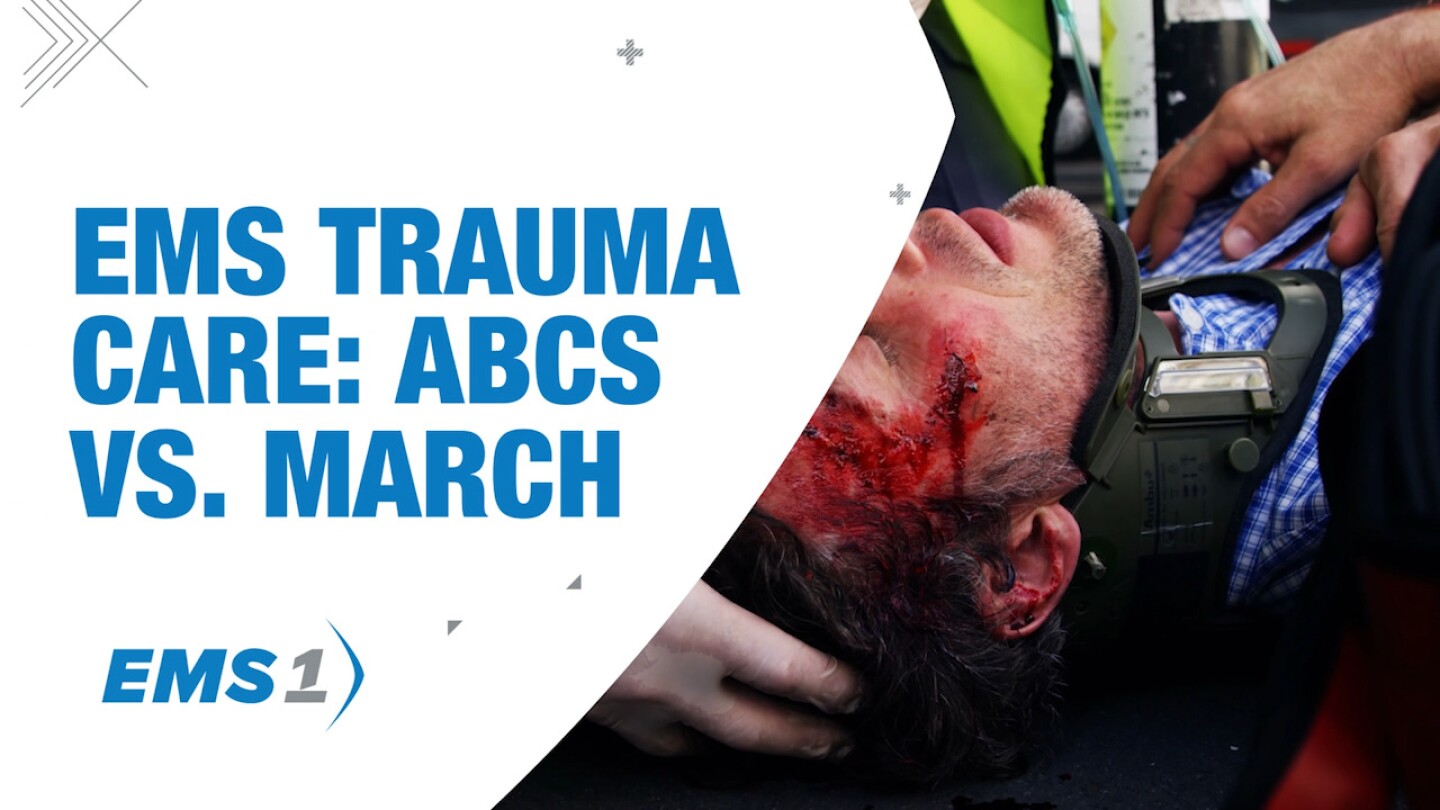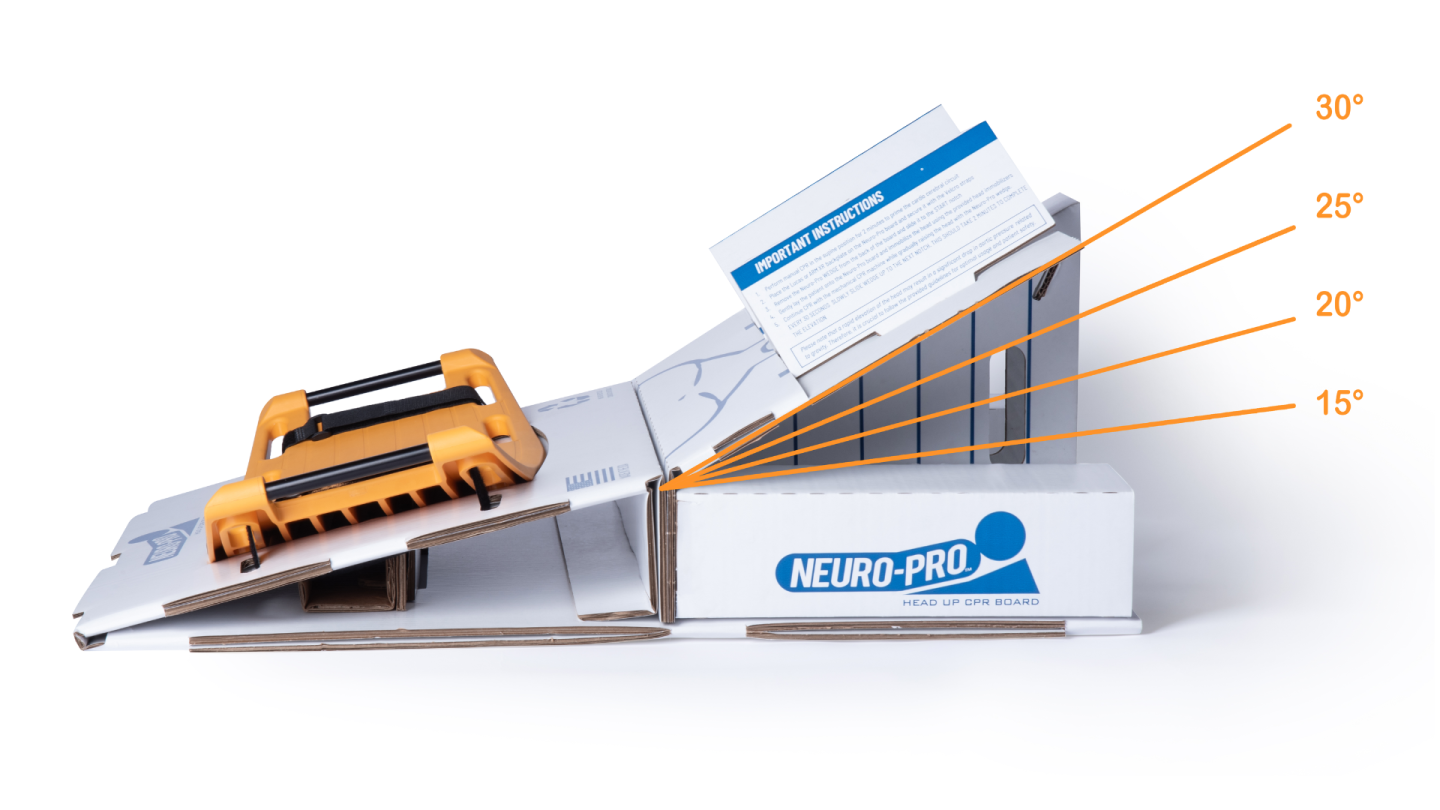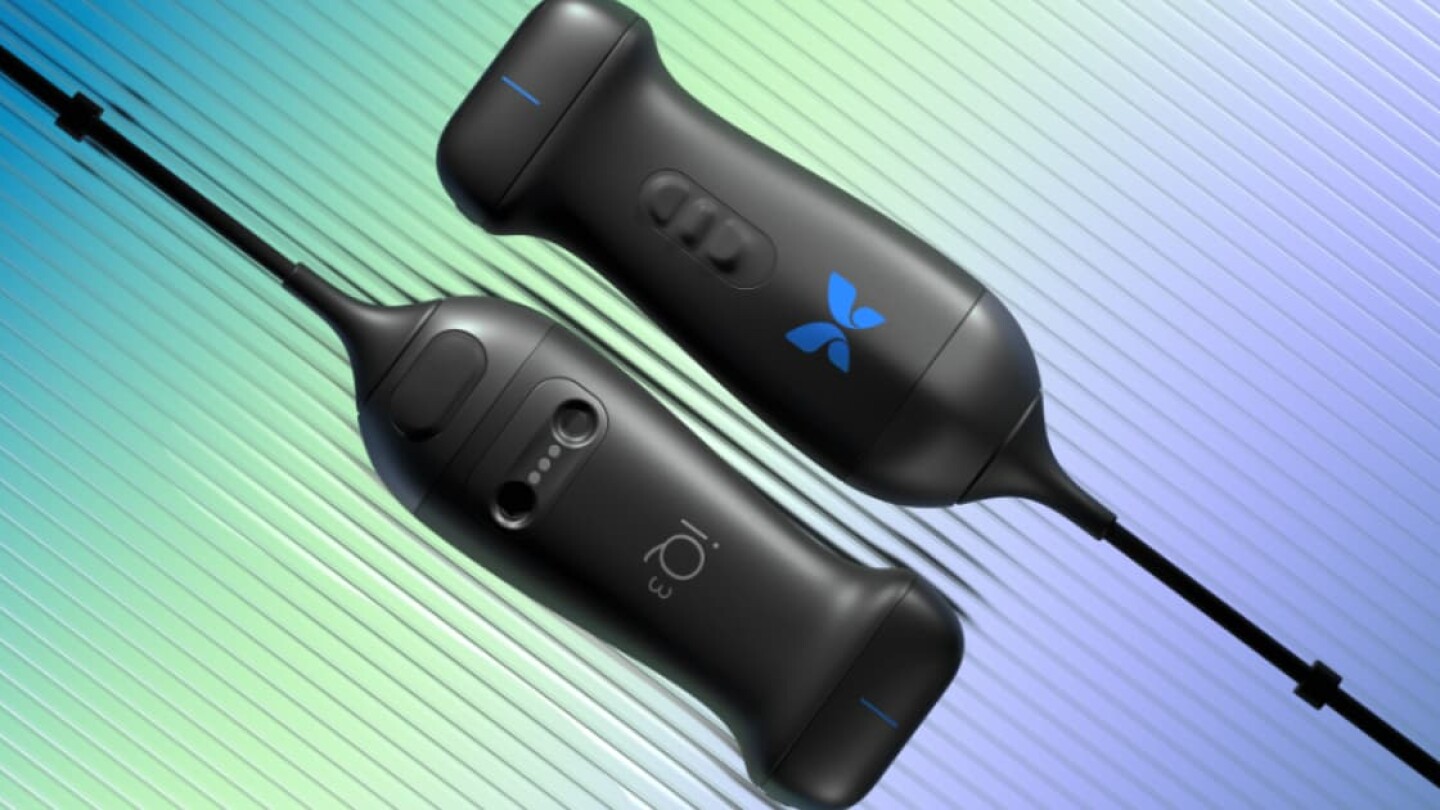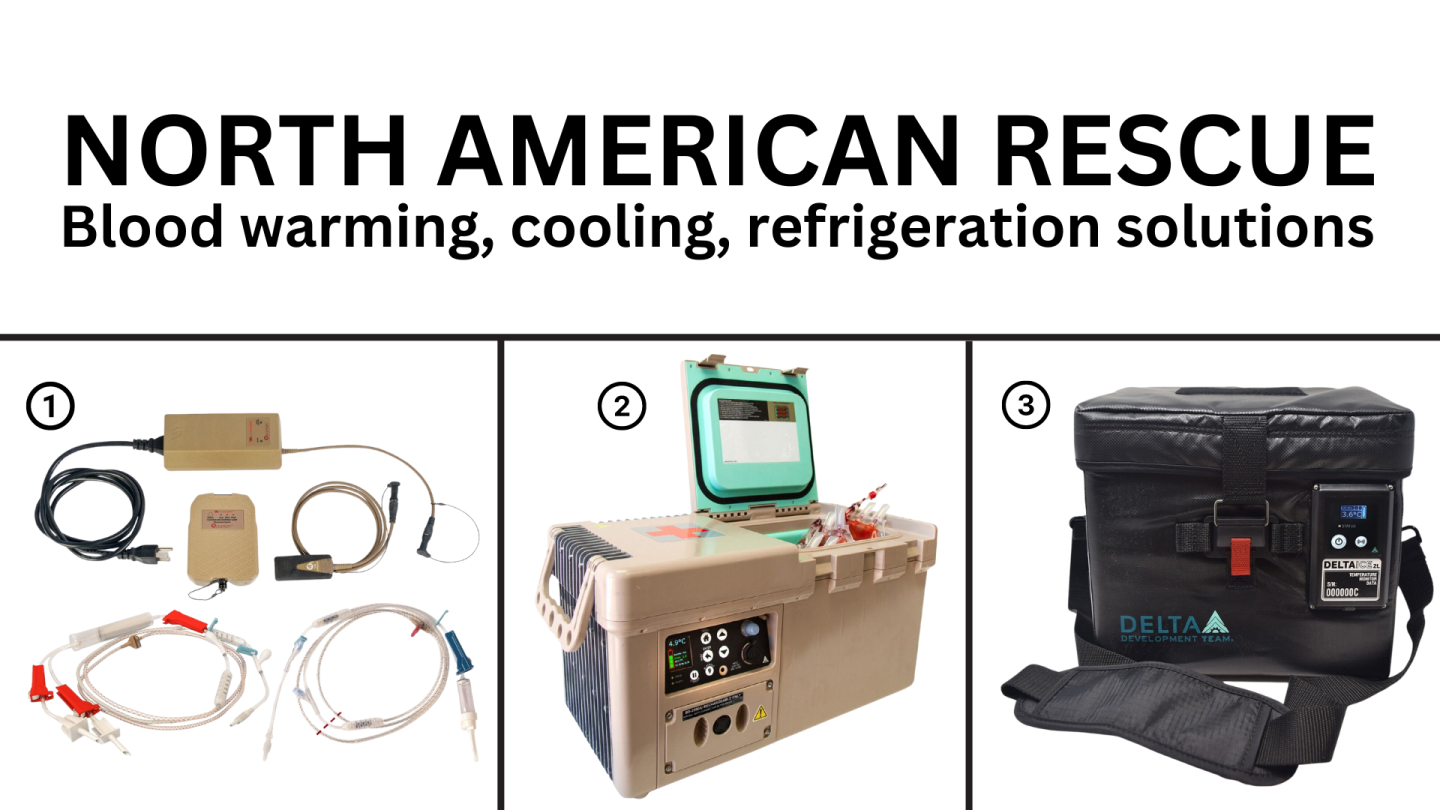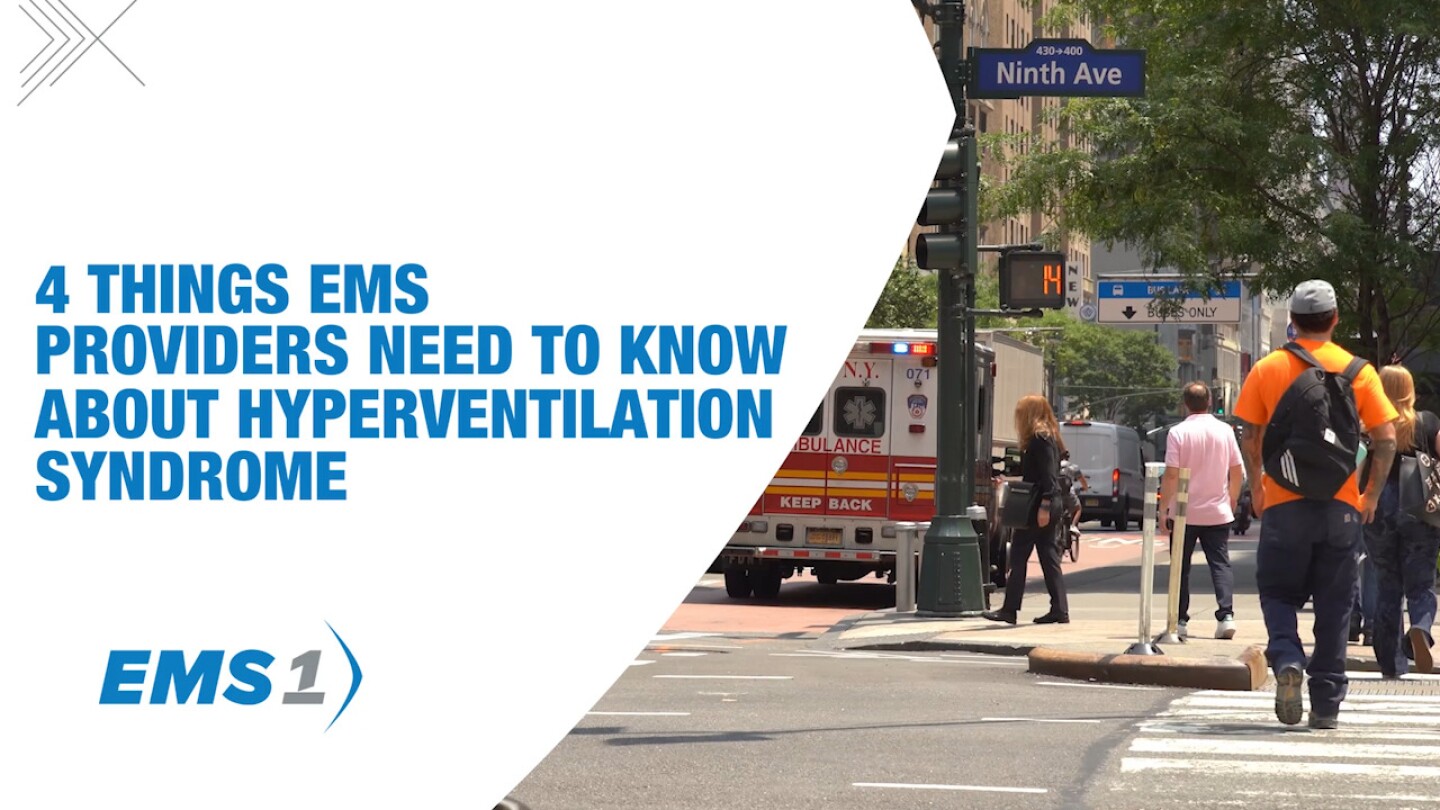Clinical
Access our directory of clinical articles in EMS, which offers in-depth information on patient assessment, treatment protocols, and emerging medical practices. This collection covers various clinical topics essential for EMS professionals, from advanced pharmacology to trauma management. Staying up-to-date with clinical knowledge is vital for delivering high-quality patient care. For additional resources, explore our section on Medical Research. Enhance your clinical expertise with our expert-driven content.
Steve Whitehead breaks down pulse ox plethysmography
Chest pain, rapid heartbeat, shortness of breath: While panic attacks and anxiety attacks share common symptoms, they also have distinct differences
EMS clinicians should rely on their assessment and facts when assessing people with a suspected factitious disorder
When the conditions are ripe, the distinction between intoxication and a diabetic emergency can easily be blurred
Here’s a breakdown of differences in Bell’s palsy and stroke symptoms and prehospital care differences
This advanced life support framework can help improve your trauma care
Invented by a 30-year firefighter/paramedic, the CPR board uses gravity to improve blood flow to the brain and heart
The Butterfly iQ+, EchoNous’ KOSMOS, and GE HealthCare’s Vscan Air will be on display for conference attendees
View live demonstrations at the North American Rescue booth #2317 during the conference
Identifying significant GI problems and providing initial care may help improve the chances of recovery for patients who experience true GI emergencies
Does bolus dose epinephrine or phenylephrine have a role in the prehospital environment?
Use these assessment tips and terms to localize pain and guide your treatment plan
You respond for a call for a 34-year-old that woke up with abdominal pain; did you get the diagnosis right?
Follow these EMS tips to measure mean arterial pressure, monitor sepsis, rule out DKA and ensure high-quality CPR
Consider the potential diabetic diseases processes when assessing and managing any patient with altered mental status
Be prepared for the unique challenges of law enforcement officers wounded on the job
Know the risk factors and how to implement a screening tool during patient transports
Steve Whitehead shows you how to use the device that simplifies those difficult breaks and dislocations
Learn about two of the most common NMBAs used in EMS and how each impact intubation decisions during advanced airway management
Exploring a new application for capnography in the prehospital setting
Jimmy Kimmel’s story reminds us of the breadth of EMS’ commitment to our patients
A new study highlights the benefits of the drug to treat opioid-related OHCAs
Learn what to look for, including an extra notch within the T-wave, to identify atrial tachycardia
Anxiety and emotion can spiral into respiratory compromise that is self-reinforcing, frightening and an EMS-treatable emergency
Understand the role of pulse oximetry and waveform capnography to assess and treat patients who are hyperventilating
Which vasopressor to use, when to use them and what to watch out for
Use these assessment and care tips to connect with patients and their families
5 patient communication strategies to improve response to interventions, increase patient satisfaction and outcomes, and decrease job-related stress
5 insidious partner issues to avoid so that patients feel safe in our care
Gaining patients’ confidence can be achieved by deliberate actions, like connecting with caregivers, as well as small subtleties, like body language and facial expressions
Put yourself in the patient’s position to gain an understanding of how their fear may complicate your interventions
Including clear, complete documentation in your patient care report is a critical component of patient care
The balance between the sympathetic and parasympathetic nervous system keeps our automated body functions working properly






